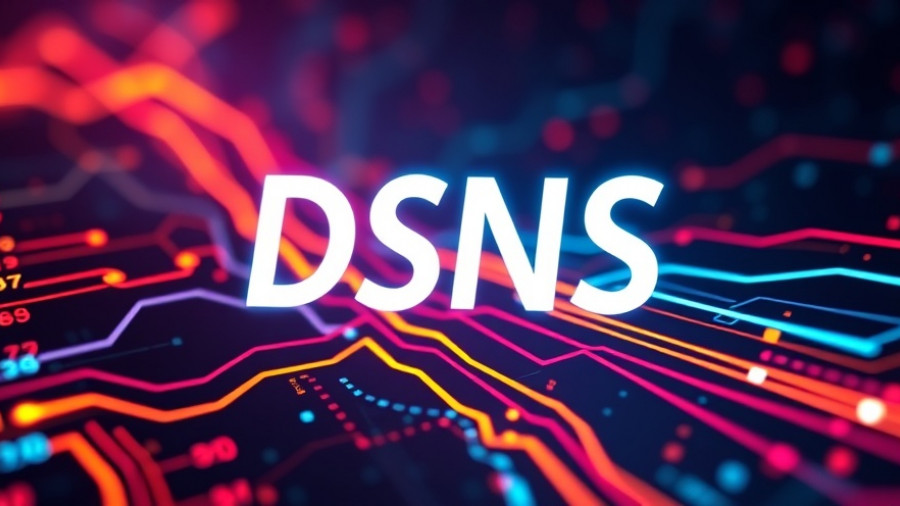
The Power of Tailoring Your Prompts with ChatGPT
One of the standout features of interacting with ChatGPT is how significantly the results can change based on how you frame your prompts. For example, consider the difference between asking for a technical explanation of Bluetooth and specifying your audience, such as a 12-year-old. When you prompt, "Explain how Bluetooth works to a 12-year-old," you can see that the response incorporates simpler language and contextually relevant references, making complex concepts far more accessible.
In 8 ChatGPT Tips & Tricks You Should Be Using! 2025, the discussion dives into effective strategies for improving your interactions with AI, prompting insights that we're excited to explore further in this article.
Harnessing AI for Efficient Document Analysis
Academic researchers can greatly benefit from ChatGPT's ability to analyze and summarize lengthy documents. By uploading a PDF, users can request a summary that highlights key points and simplifies technical language. This feature is invaluable, especially when dealing with intricate legal or medical texts that could be overwhelming. For instance, one could prompt, "I've attached a PDF; simplify the language and summarize key insights." This allows for a rapid distillation of information without having to sift through dense text.
Injecting Creativity into Writing
In the realm of creative writing, utilizing ChatGPT to mimic the style of renowned authors can add flavor to your content. By framing a request such as, "Imagine you are Mark Twain; write a New Year's party invitation," writers can receive outputs that are not merely functional but also aesthetically engaging. This opens up new avenues for expressiveness in writing projects—from prose to invitations—making the generated content more aligned with the desired tone and style.
Image Creation: Tips for Stunning Visuals
Visual content creation is another avenue where ChatGPT shines, particularly for Plus users. By instructing the AI as if you were a movie director, asking for something like, "Create an image reimagining Da Vinci's Mona Lisa in a cyberpunk setting," you can help it produce stunning visuals. Incorporating details about lighting, perspective, and style results in much more tailored and compelling images, captivating the viewer's attention and imagination.
Streamlining Organization with AI
ChatGPT also excels at organizing information, which can be crucial for both academic and industry research. Users can input unstructured lists and ask for them to be sorted or categorized. For example, saying, "Sort this list of grocery items alphabetically and categorize them by food group," can save hours of manual organization. Having advanced categorizations can optimize workflows for tasks that necessitate a keen attention to detail.
Feedback Mechanisms for Improved Writing
Moreover, leveraging ChatGPT to critique your writing from different perspectives can enable growth. Whether you're a student looking to refine a research paper or a professional needing marketing copy evaluated, asking for feedback can sharpen your writing. Consider attaching a piece of writing and requesting insights, such as, "Provide feedback from a university professor's perspective." This feedback can identify strengths and weaknesses in writing style and structure.
Conclusion: The Path Forward with AI
By employing these various strategies—from targeting your audience to leveraging feedback mechanisms—users can maximize the potential of ChatGPT. Academic researchers, tech investors, and VC analysts alike can leverage these insights to foster better communication, creativity, and productivity in their respective fields. As we continue to navigate the integration of AI tools in our workflows, adapting these tips will be crucial.
 Add Row
Add Row  Add
Add 




Write A Comment